Graduate Projects from 2011 – 2012
Monitoring salamander populations through citizen science
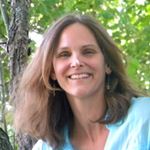
– Amy Berry
Engaging citizens in the collection of data for scientific purposes allows scientists to gather a lot more data than they could otherwise. The cover board method of salamander monitoring is appropriate for school age youth, can be adapted for various skill levels and promotes hands on inquiry-based science. I will develop curriculum for formal teachers and youth leaders to serve as a guide to the cover board method of salamander monitoring as well as providing learning extensions, such as vernal pond identification. Data collected on salamander populations at Merry Lea will also help answer questions about population and location compared to past research.
Animal placement in society as portrayed by children and children’s literature
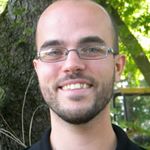
– Jason Derry
My research asks how children portray animals in society, and if this portrayal is similar or dissimilar to the portrayals of award-winning children’s literature. Children are exposed to a variety of narratives on how humans and non-human animals relate. Seeing animals ignored, venerated, put on display, kept in the home, and devoured as food, children then enter fantasy realms where animals wear clothes, speak, and have culture. If asked to tell a story about these animals, how will various age-groups portray them?
Pollution tolerance indices for lakes and ponds
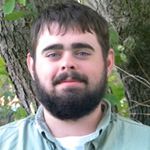
– Aaron Goldstein
My project tackles the question of Wetland water quality and its relation to Macro-invertebrates at Merry Lea. To answer this question I will be setting up a new Index of Biological Integrity (IBI) with testing methods developed around pond/lake wetlands. This will result in a better understanding of how macro-invertebrates can help determine water quality in a pond/lake type wetland. Current data on Macro-invertebrate and water quality is only found on river/stream type wetlands. I hope that with this project it can lead to a new citizen science program that is aimed at monitoring the wetlands at Merry Lea.
Congregational Creation Care
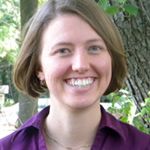
– Laurina Graber
I will be gathering data from those churches that are signed-up for Mennonite Creation Care Networks “100 Shades”. This data will be helpful to determining the potential ways to move congregations from awareness of creation care issues to action.
An Examination of Sediment in the Elkhart River of Northeastern Indiana
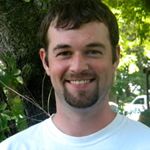
– Tom Hartzell
I will be taking sediment samples from seven sites within the course of the Elkhart River, which joins the St. Joseph River in Elkhart, Indiana. The sites are upstream and downstream from identified industrial areas in the towns of Ligonier, Goshen, and Elkhart, as well as one in Goshen’s Dam Pond. Historically, industrial point pollution sources have contributed hazardous levels of toxins to our nation’s waterways. The sediments will be analyzed for concentrations of mercury (Hg) and polychlorinated biphenyls (PCBs), a known neurotoxin and carcinogen, respectively. The results will be used to develop a curriculum that integrates erosion, water quality, and actions that individuals can take to improve the Elkhart River.
Connecting Peace Education and Environmental Education
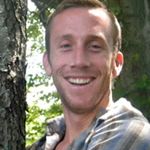
– Ken Merhege
I am studying key concepts and principles of peace education and how it can be implemented within the field of environmental education. I am designing curriculum which incorporates peace and environmental education in order to engage students in a community project of their choosing. A pre and post lesson survey will be completed anonymously by each student in order to measure levels of empowerment before and after the lesson.
Evaluating the Effectiveness of a Sugar Bush Program
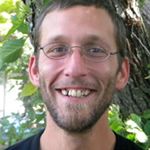
– Matthew McQueen
My background in classroom science education and assessment of instructional practices has led me to investigate the effectiveness of an informal environmental educational program. Assessment allows for improving areas that display deficiencies or promoting effective activities. At Merry Lea, one of the programs with the most participation, is the Sugar Bush. The Sugar Bush program on the Yoder farm, provides an excellent venue for describing, modeling and participating in the process of making maple syrup. Making maple syrup is a good source for presenting the interconnected nature between humans and their environment. Evaluating the effectiveness of the Sugar Bush will provide data to support the program or provide data to assist in measures to improve student understanding of the maple sugaring process and associated science content.
Identifying formulas for mutually beneficial apprenticeships that promote sustainable agriculture
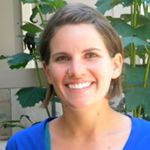
– Carli Thompson
There has been a resurgence of small farms in the United States as one reaction to the industrial food system. Farm apprenticeships have been identified as the most useful assistance to this movement because they provide affordable labor on existing farms, while grooming the next generation of farmers. My research will identify the components that yield maximum benefit for the apprentice and the mentor. Findings from this project will inspire a curriculum for community colleges that places agricultural interns on community farms and for farmers who wish to become mentors.
Effect of Workplace Sustainability Training on Employees’ Environmental Behavior
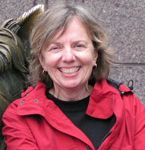
– Sara Yob
My research will evaluate environmental behavioral changes occurring outside of the workplace following sustainability/environmental training within the workplace. I propose to describe one to three company case studies, each with active training programs or sustainability initiatives. I will survey company participants based on the content area specific to their organization.




